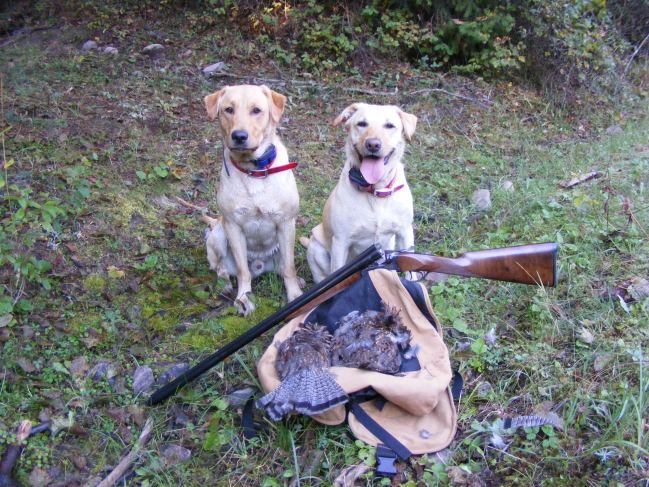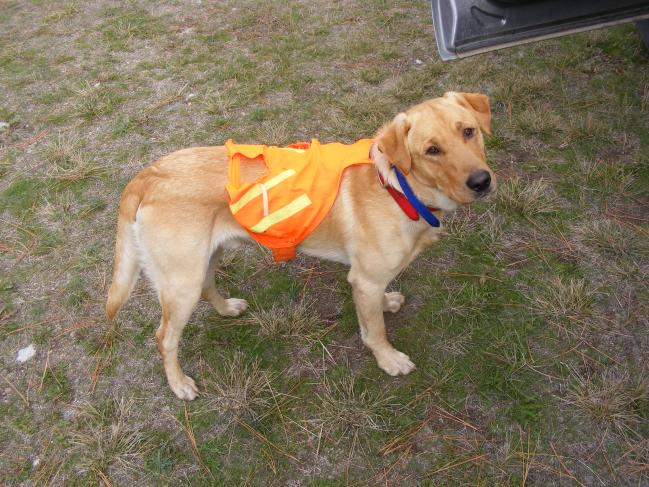Once upon a time in a career far far away, I was sitting in an auditorium at a sales seminar, listening to the speaker explain that every purchasing decision is made on the basis of emotions. The two most common emotions that drive people’s purchasing decisions are fear and greed. He claimed that nearly every purchase we make is driven by one or both of these emotions. He asked the audience if anyone could remember making a purchase that was not driven by emotions. Someone in the audience raised their hand and he asked them what their “emotion free” purchase was. The guy stood up so everyone could see him and loudly exclaimed, “toilet paper!” This was met with a roar of laughter from the audience.
When the laughter had died down the speaker asked the poor guy why he was buying toilet paper. “Because we were almost out”, he said sheepishly. “And how did you feel about that?” asked the speaker. There was a murmur of agreement from the audience accompanied by nodding and a giggle or two. Every one of us in the room could relate to the mild fear that drove that purchasing decision.
If you want to get kinda philosophical about this, you can think for a minute about what an enormous role fear plays in each of our lives. What kind of person would you be if there was no fear? What would motivate your actions in the absence of this emotion? What would our existence be like if our actions did not have consequences? More importantly, what the heck does this have to do with dogs?
Everything. I don’t know about you, but I have to constantly remind myself that each and every behavior, whether it is dog behavior or human behavior, has a consequence. Think about it for a minute… It bears repeating doesn’t it? Each and every behavior has a consequence.
Whether it’s your kid being rude, your spouse being extra kind or your dog jumping on you with muddy paws, each of those behaviors has a consequence. The likelihood that the behavior will reoccur is directly affected by the consequence.
“Well, that’s all just peachy, Jon, but what does that have to do with dog training?”
Consequences are the “reinforcers” we are always talking about! If you want to know why Fido jumps on you, look for the consequence. Why is your daughter so incredibly rude sometimes? What is the consequence! If your wife is especially kind and sweet to you on Thursday, what is the consequence? By identifying the consequences of a given behavior we are focusing on what reinforces that behavior.
When we have a firm grasp on what the reinforcers are, we are in a much better position to modify the behavior. If we have control over the reinforcers (we don’t always have this) we are able to design a program to modify, increase, or eliminate the behavior.
In the case of the dog that jumps on you, what are the consequences? Physical interaction is the first one that comes to mind. The dog gets to “play” with you even if you don’t think it’s fun, it’s still play to him because he initiates the activity and you respond in a way that satisfies his need for physical interaction with you. Game ON!
What if the consequence was the immediate denial of attention? The important part of that last sentence was the word, “immediate”. The strategy only works if the dog understands the removal of attention as a direct consequence of the jumping behavior.
I chose this particular behavior/consequence as an example because I’m using it right now on a dog that is boarding here at the kennel. He is a world class jumper who absolutely cannot resist jumping and putting his paws on me. In order for him to understand that this has a negative consequence for him, I wait until he has stopped jumping before I open his kennel door to let him out. It takes him a minute to settle down, but he gets better at it every time I let him out for his exercise. Dogs here at MCK get out for exercise at least 4 times every day, so I use this opportunity even if they are not here specifically for training. Similarly, I refuse to pet, touch, or make any contact with the dog unless he has all four paws on the ground. Keep in mind, this dog is not here for training so I have not had any focused sessions with him, but we are seeing a huge improvement in the jumping behavior already after a week here at the kennel.
When he goes home, his humans are likely to continue with their old ways and he will begin to jump on people again, but I can’t do anything about that. Why not? Because I have no control over the consequences of these people’s behavior!
So now that you’ve read the long version, I’ll give you the short “Easy Button” version:
Look for the consequence to identify the reinforcer.
Determine if you have any control over the consequence/reinforcer.
Modify the consequence to modify the behavior.
Slack Leads to you all!















